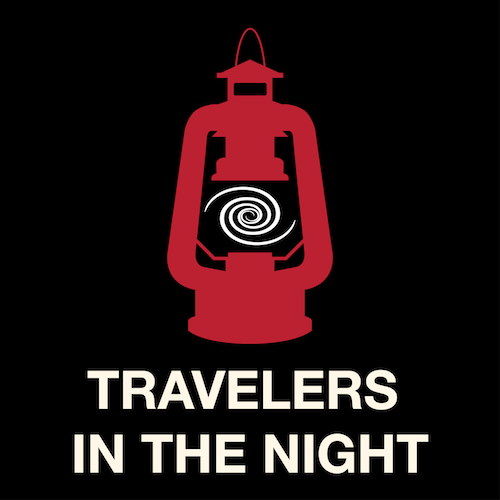NASA team who plans to fly a drone like aircraft called Dragonfly around the surface of Saturn’s Moon Titan. More at #365DaysOfAstro


NASA team who plans to fly a drone like aircraft called Dragonfly around the surface of Saturn’s Moon Titan. More at #365DaysOfAstro

Imagine being under a clear natural night sky crawling with hundreds of artificial satellites! More at #365DaysOfAstro with @Nmcanopus

The most dangerous member of the 1,839 asteroids discovered in 2018 is the 500 foot diameter asteroid now named 2018 LK.

The discovery of potentially hazardous asteroid 2018 XV5 and 2018 GG5 by Alex Gibbs. #365DaysOfAstro


Although you can’t see the extremely faint geocorona, you can observe other components of the Earth’s nightly airglow.

Travelers in the night will talekd about Project Breakthrough Starshot
and the data sent back by The New Horizons spacecraft at #365DaysOfAstro

Our 30″ Schmidt telescope on Mt. Bigelow, Arizona covers an area equivalent to approximately 100 full moons. Eric Christensen observed 116 followup observations on a single night.

Alex Gibbs discovered 8 new celestial visitors including 2019 CR4 & 2019 CD5. While Teddy Pruyne & Richard Kowalski discovered six new Earth Approaching Objects.

Brian Africano discovered his 4th comet named C/2019 B1 (Africano) and National Weather Service RADAR discovered a large fireball meteor over Cuba.